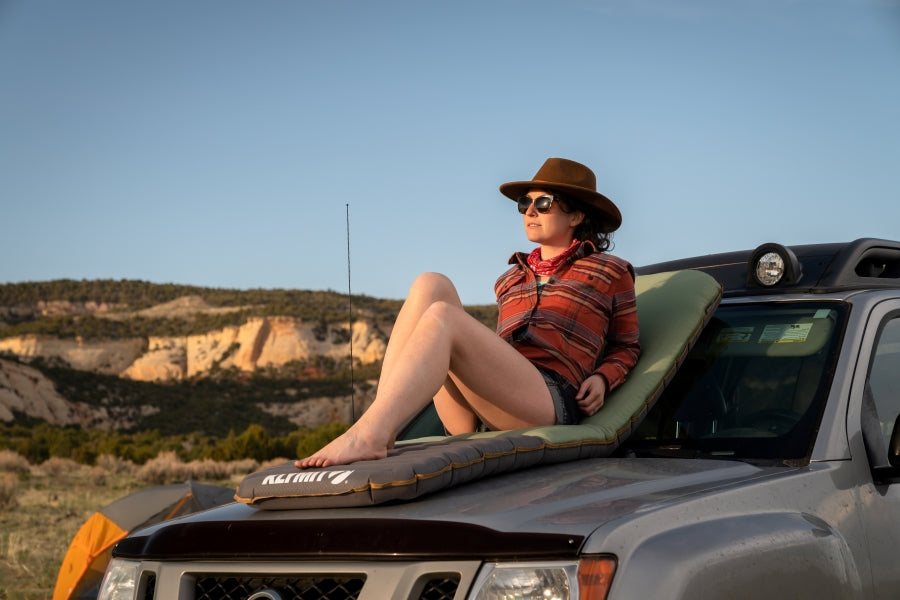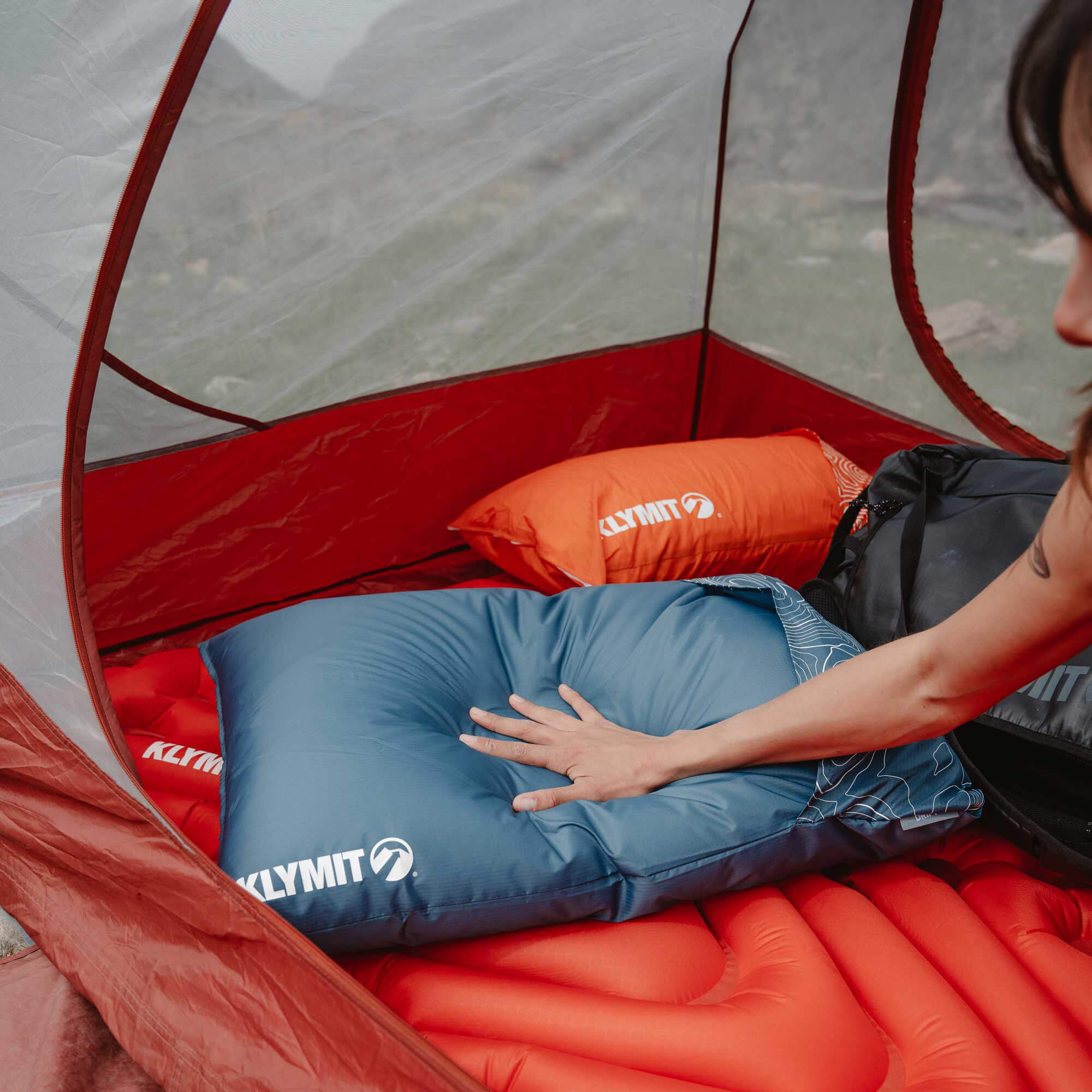While we never wish for it to happen, natural disasters and other emergencies can arise with little to no warning. And the best thing we can do in order to safely get out on the other side is to brush up on emergency preparedness. Simple things like making a plan, knowing where to find alerts, and building a kit can help mitigate problems that arise during emergency situations. Let’s take a look at some ways to be prepared for disasters and/or other emergencies.

Make a Plan
Because there may be little warning, a plan will ensure that everyone in the household is on the same page in an emergency situation. Asking yourself questions such as “How will we communicate?” and “How will we find out news, information, and warnings about the disaster?” are crucial. It’s also important to discuss sheltering in place vs. evacuation processes. While planning, take note of special medical/ dietary needs of people in your household. Specific responsibilities may need to be shared, so don’t be afraid to assign different tasks to members of the household. Filling out an emergency communication plan such as this one can help solidify your responsibilities and plans.
Lastly, remember to practice your emergency plan beforehand.
For more preparedness material, see here.
Alerts
With the help of public safety officials, the general public can receive emergency alerts straight to your phone via Wireless Emergency Alerts (WEAs). Similar to Amber alerts, they are targeted to the certain areas that are affected.
In addition, the Emergency Alert System (EAS) public warning system is a way for government and local authorities to push out emergency information regarding weather, threats, and other calls to action.
For 24/7 emergency watch, the NOAA Weather Radio (NWR) is a resource for information based on location. Find weather alerts, warnings, and watches on this nationwide radio station network.
More information on emergency alerts, see here.

Build a Kit
In the event of an emergency, it’s best to have a pre-packed disaster supply kit to grab and go.
Ready.gov suggests the following for a basic kit:
- Water (one gallon per person per day for several days, for drinking and sanitation)
- Food (at least a several-day supply of non-perishable food)
- Battery-powered or hand crank radio and a NOAA Weather Radio with tone alert
- Lighting
- First aid kit
- Extra batteries
- Whistle (to signal for help)
- Dust mask (to help filter contaminated air)
- Plastic sheeting and duct tape (to shelter in place)
- Moist towelettes, garbage bags and plastic ties (for personal sanitation)
- Wrench or pliers (to turn off utilities)
- Manual can opener (for food)
- Local maps
- Cell phone with chargers and a backup battery
While these are the absolute essentials, it’s also smart to include other items based on individual needs and comfort:
- Masks (for everyone ages 2 and above), soap, hand sanitizer, disinfecting wipes to disinfect surfaces
- Prescription medications. About half of all Americans take a prescription medicine every day. An emergency can make it difficult for them to refill their prescription or to find an open pharmacy. Organize and protect your prescriptions, over-the-counter drugs, and vitamins to prepare for an emergency.
- Non-prescription medications such as pain relievers, anti-diarrhea medication, antacids or laxatives
- Prescription eyeglasses and contact lens solution
- Infant formula, bottles, diapers, wipes and diaper rash cream
- Pet food and extra water for your pet
- Cash or traveler's checks
- Important family documents such as copies of insurance policies, identification and bank account records saved electronically or in a waterproof, portable container
- Sleeping bag or warm blanket for each person
- Complete change of clothing appropriate for your climate and sturdy shoes
- Fire extinguisher
- Matches in a waterproof container
- Feminine supplies and personal hygiene items
- Mess kits, paper cups, plates, paper towels and plastic utensils
- Paper and pencil
- Books, games, puzzles or other activities for children
How Klymit Is Here To Help
While we are here to provide a comfortable sleep experience outside, there is some overlap between camping gear and emergency preparedness gear. Your camping bag is a great place to start when looking to build a kit, as it has helpful supplies such as freeze dried food, lighters, first aid kits, and more. We suggest adding some of our favorite sleep outside gear to your emergency kit:
Due to being lightweight and easy to store, the Everglow Light Tube is a great addition to your emergency preparedness kit. The diffused lighting can offer a great alternative to harsh flashlights while sheltering in place, and the different sizes can offer brightness from 160 - 270 lumens. Plus, the Everglow can be plugged into any battery pack that has a USB port.
Packing a blanket in your emergency kit is smart to help with colder weather or nighttime chills. Our newest line of Horizon blankets has a wide variety of styles, such as the Overland Blanket, the Travel Blanket, and the Backpacking Blanket. With small pack sizes and excellent insulation, all are great options for emergency situations.
Gear Duffel
To fully complete the kit, it’s best to have a bag to easily grab and go. Klymit offers three sizes of durable gear duffels: 65L, 95L, and 125L. These duffels are perfect to throw your emergency essentials, while also having a variety of comfortable carrying straps for when you’re headed out the door. We often head outside for recreation and relaxation, but it’s also important to know the plan in case we need to leave our home during an emergency situation. Check out Ready.gov for more emergency preparedness information and resources.








